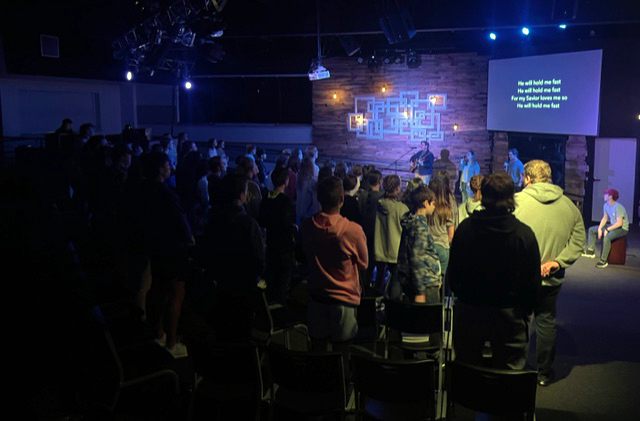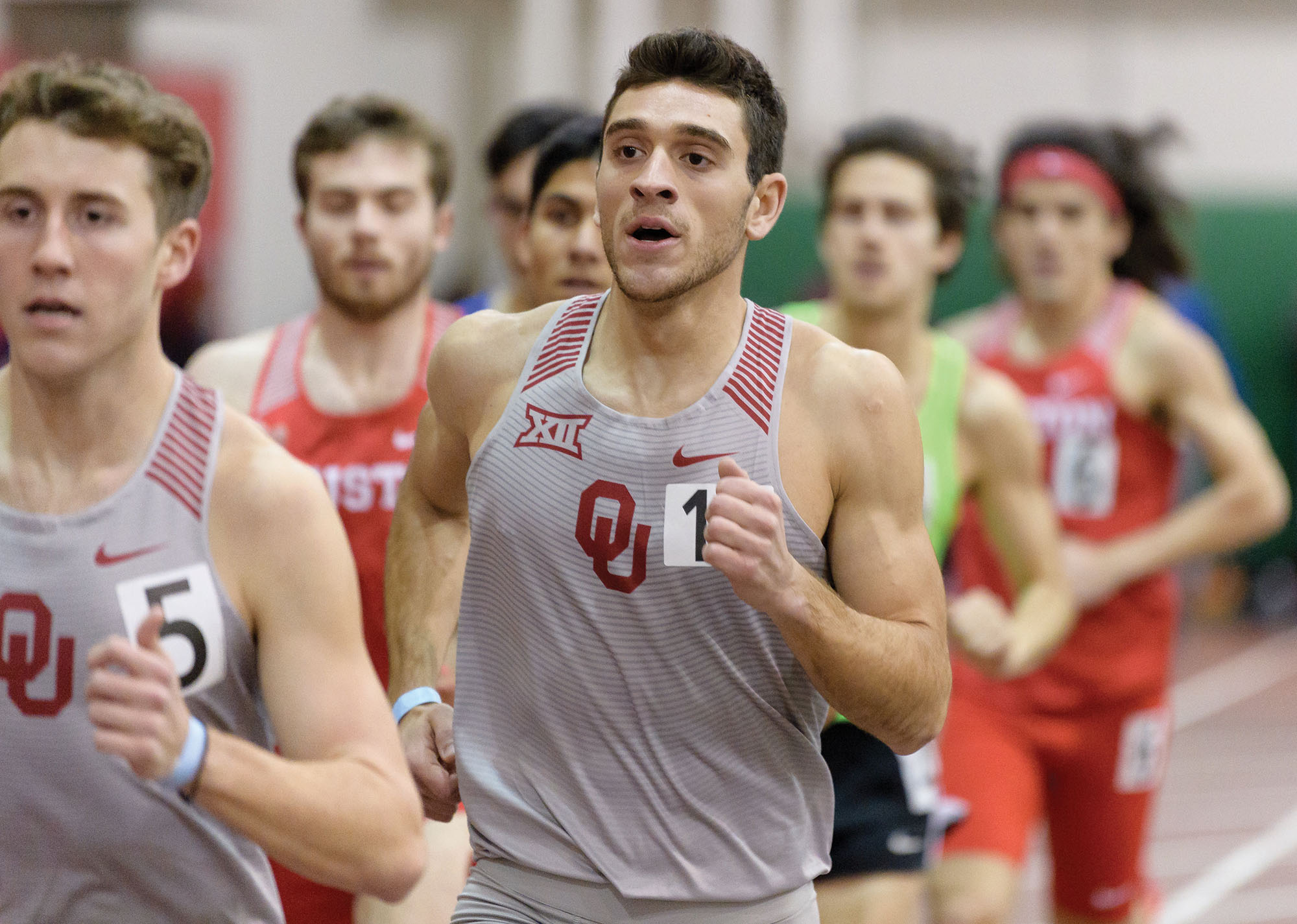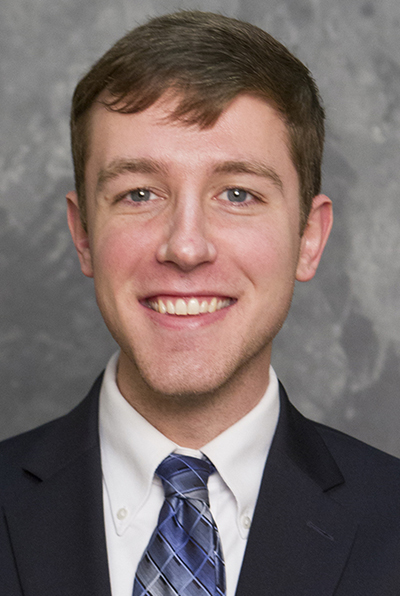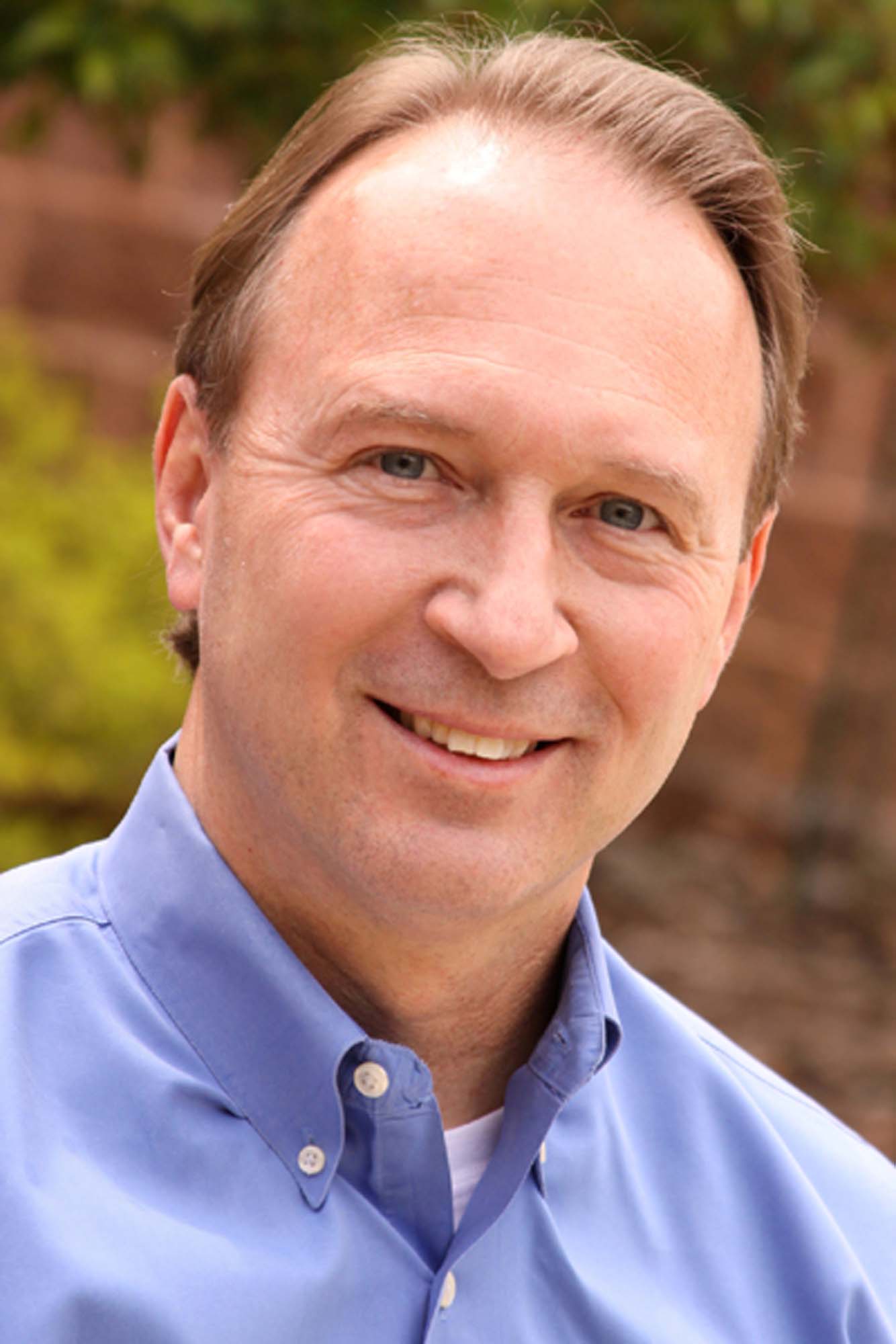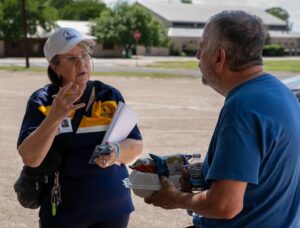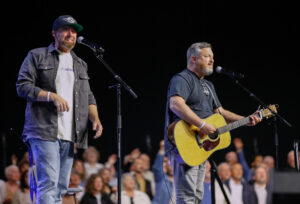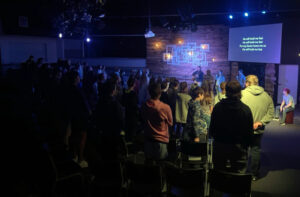
NASHVILLE (BP) – Recent trends regarding age distribution in the SBC are causing next generation leaders to reflect on building up the future of the Convention.
Research indicates a majority of Southern Baptists are over the age of 55, while a much smaller percentage of the Convention falls within the 18-35 age range.

A survey distributed to messengers at the 2022 SBC Annual Meeting reveals that just 5 percent of respondents fell within the 18-29 age range. The highest percentage belonged to the over 60 age range, which represented more than 27 percent of the 1,000 survey participants.
This Convention data reflects a similar story as other research on Protestant religion in America.
Ryan Burge, a researcher and assistant professor of political science at Eastern Illinois University, recently tweeted data from Harvard University’s 2020 Cooperative Election Study, which indicates 57 percent of Southern Baptists are older than 55, while 15 percent are 18-35.
Will Standridge, student pastor at Paramount Baptist Church in Amarillo, Texas, told Baptist Press while the trends are not unexpected, they should serve as a wake-up call for leaders.
“When I see research like this it doesn’t surprise me at all,” Standridge said.
“As the Convention gets older it’s not getting replaced with younger people. Every youth pastor I talk with says having a ‘big’ youth group means something different now than it did 20 years ago.
“While not surprising, this should be alarming to us. We have to replace those people, or the SBC of tomorrow isn’t going to look at all like the SBC today. I think it should cause some kind of urgency for us in how we think about things like kids, youth and college ministries.”
Standridge said one of his observations about young people today is the disillusionment or distrust of organized religion or institutions as a whole.
“When our students see moral failings of known pastors, or high-level hypocrisy, that is a huge turn-off to them wanting to be organizationally involved because they’re already pretty anti-organization in posture to begin with.
“I would really love to see the Southern Baptist Convention recover character in leadership, meaning we continue to put the right kinds of people in places of leadership and not just the right kind of talent.”
Despite the Convention’s problems, Standridge strives to show his students the cooperative work the SBC does.
“One of the things I’ve tried to encourage them with as we’ve talked about denominations is that the SBC is not necessarily what you think,” Standridge said.
“We try to teach our students a robust biblical ecclesiology so they actually understand why the Church exists. The Church and the Southern Baptist Convention are not just entities that exist for them to live out their individual spiritual ideas. …
“We (the Convention) have the opportunity for accountability through the local, state and national associations. We also have the ability to cooperate missionally. And we have educational opportunities and the ability to find a confessionally similar church. We’ve just been trying to give a really positive view of what the SBC is on its best days.”
Standridge says a big challenge is helping students transition into adulthood while keeping their faith intact.
“I think one thing that could help churches is to work toward integrating students into the life of their church while they have them,” he said.
“I do think if the mentors and relationships kids form in youth ministry don’t last past youth ministry, then we didn’t do that right. Our volunteers invest in students with the understanding that doesn’t stop when they graduate.”
Kegan Shoemaker is the student and college pastor at Lifepointe Church in Eustice, Fla.
Before his work with Lifepointe, Shoemaker worked as a lead graduate assistant for the undergraduate evangelism courses at Liberty University. His interactions with students confirmed the difficultly of the transition.
“In my observation, freshman students often feel underqualified and underequipped for life in general, but specifically in terms of evangelism,” Shoemaker said.
“Many students come in having never shared the Gospel and they do not know how. They either weren’t equipped or were equipped but didn’t care. There may be something in our church programming that’s causing this. There seems to be a sense in which prolonged adolescence is extending to faith as well.”
Shoemaker said despite the challenges that exist within these transition seasons, Lifepointe continues to encourage students to love Christ and His Church.
“We want to help our students cultivate loyalty and love toward Jesus, and then loyalty to His Church as well,” he said. “We want to help them cultivate authenticity and help them obey Jesus through the spiritual disciplines.
“We try to show them every church has a cooperative network or church partnerships of some kind whatever denomination they are. We need to communicate at some level what we do as the SBC and why it matters.”
Jay Barbier, youth specialist for the Tennessee Baptist Mission Board, told Baptist Press these data trends should not merely paralyze Convention leaders in fear, but rather mobilize them to respond.
“I think it’s something that based upon research like this we need to be proactive instead of reactive,” Barbier said.
“If anything, seeing this should give us an urgency to ask how do we engage in more Gospel conversations?
“I would just say we have to be careful not see this as doom and gloom. It should open our eyes. We live in a time where people need to hear the message of hope. People are desperately seeking hope from somewhere, and as Christians we have the greatest hope in the world in Jesus. How can we turn everyday conversations into Gospel conversations? If we bring students with us while engaging in that, they are more likely to do that themselves.”
